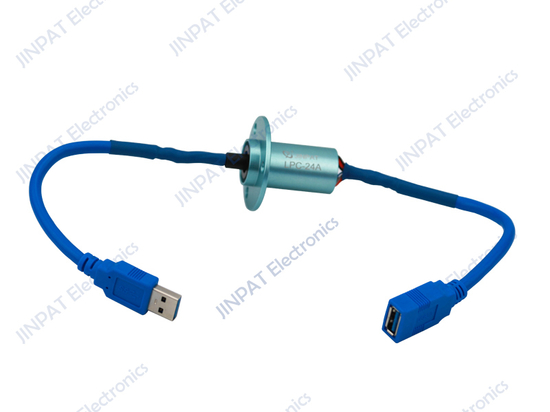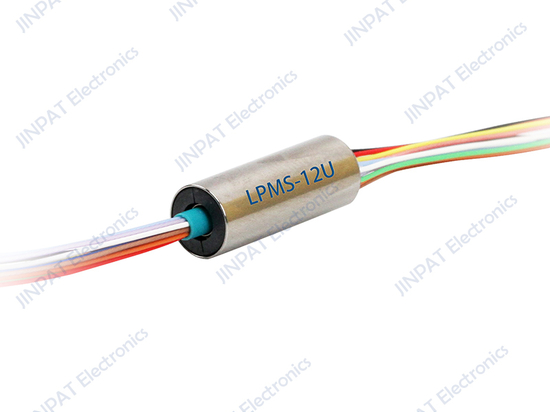
#Product Trends
Signal Transmission Slip Ring Solutions for Mechanical Laser Radar
Signal Transmission Slip Ring Solutions for Mechanical Laser Radar
The widespread application of laser radar in the fields of autonomous driving and industry has garnered significant attention, and the market prospects are extremely promising. Among the laser radars used in these domains, some models can achieve 360° rotation, commonly referred to as mechanical laser radars. These devices typically rely on electrical slip rings or optical fiber slip rings to support the transmission of power signals. However, different slip ring manufacturers adopt different technological approaches, leading to varying requirements for slip rings. Some technological solutions require the support of electrical slip rings, while others necessitate the use of optical fiber slip rings.
A notable characteristic of many laser radars currently available in the market is that their operating wavelengths align with the optical signal bands that optical fiber slip rings can transmit. This makes addressing the signal rotation transmission issue in mechanical laser radars relatively straightforward. For instance, most optical fiber slip rings developed by companies like JINPAT support operating wavelengths in the range of 650 nanometers to 1650 nanometers, with only a few models operating in the range of 850 nanometers to 1550 nanometers. These wavelength ranges nearly encompass all the mainstream laser radar operating wavelengths.
For mechanical laser radars, which typically generate relatively small data volumes and do not require data transmission over long distances, using a single-channel multimode optical fiber slip ring can effectively solve the signal transmission problem. This approach offers two advantages: firstly, it aligns well with the operating wavelengths of laser radars; secondly, optical fiber slip rings have an exceptionally long lifespan, reaching billions of rotations, fully meeting the requirement of long-term, maintenance-free operation for laser radars.
Once the signal transmission problem for laser radars is resolved through optical fiber slip rings, the electrical transmission issue becomes much simpler. Using traditional electro-optic integrated slip rings may lead to inadequate lifespan and could increase the size of the laser radar, impacting its stability. In terms of rotary electrical contact solutions, even from the perspective of professional slip ring manufacturers, the wireless coil power supply solution seems to be more advantageous. After all, the maximum output power of mechanical laser radars currently available in the market is only in the range of a few tens of watts, making wireless coil power supply fully capable of meeting the requirements.





